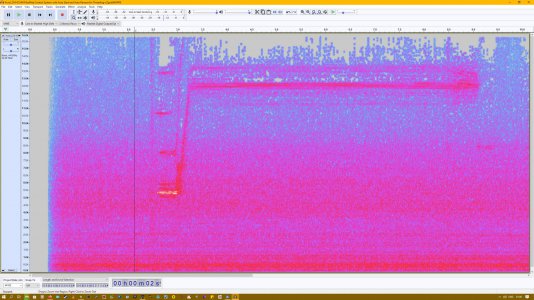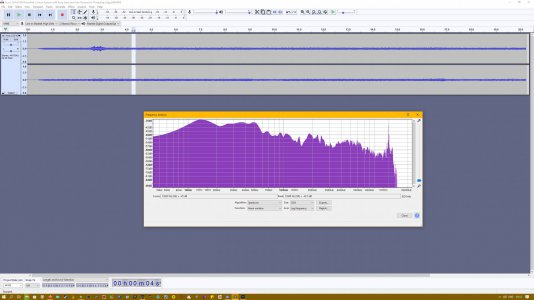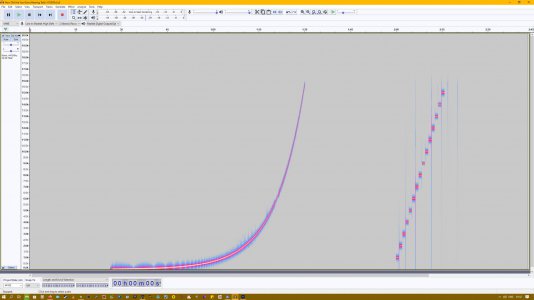- Joined
- Jun 12, 2014
- Messages
- 4,817
Line and load filters are not dV/dT filters and the primary purpose of a dV/dT filter is to tame voltage spikes associated with longer motor cable runs and reflections that occur in the wire. Line reactors help decrease the current draw into the VFD and decrease electrical noise, load help tame the heating effects and insulation damage that can occur. I prefer to use a DC choke as opposed to an input line reactor, these would have no effect on the high frequency whine. In addition the filters are dV/dT often designed not to be used with carrier frequencies above 8 kHz, and there are also limitations as to the variable frequency range that they can be used. The TCI output filters information is attached.
The KEB link clearly states "It should also be noted that audible noise varies between VFD manufacturers. So even though the switching frequencies are the same, one still might be audibly louder. For example, I have heard some competitor drives that are set to “16kHz” that still produce quite a bit of sound. I suspect there is more to the audible noise than just the rate of IGBT switching. I suspect the quality of the PWM signal and the driver circuitry also plays a big part. These details cannot be found in datasheets and are only found by testing side-by-side".
The KEB link clearly states "It should also be noted that audible noise varies between VFD manufacturers. So even though the switching frequencies are the same, one still might be audibly louder. For example, I have heard some competitor drives that are set to “16kHz” that still produce quite a bit of sound. I suspect there is more to the audible noise than just the rate of IGBT switching. I suspect the quality of the PWM signal and the driver circuitry also plays a big part. These details cannot be found in datasheets and are only found by testing side-by-side".






